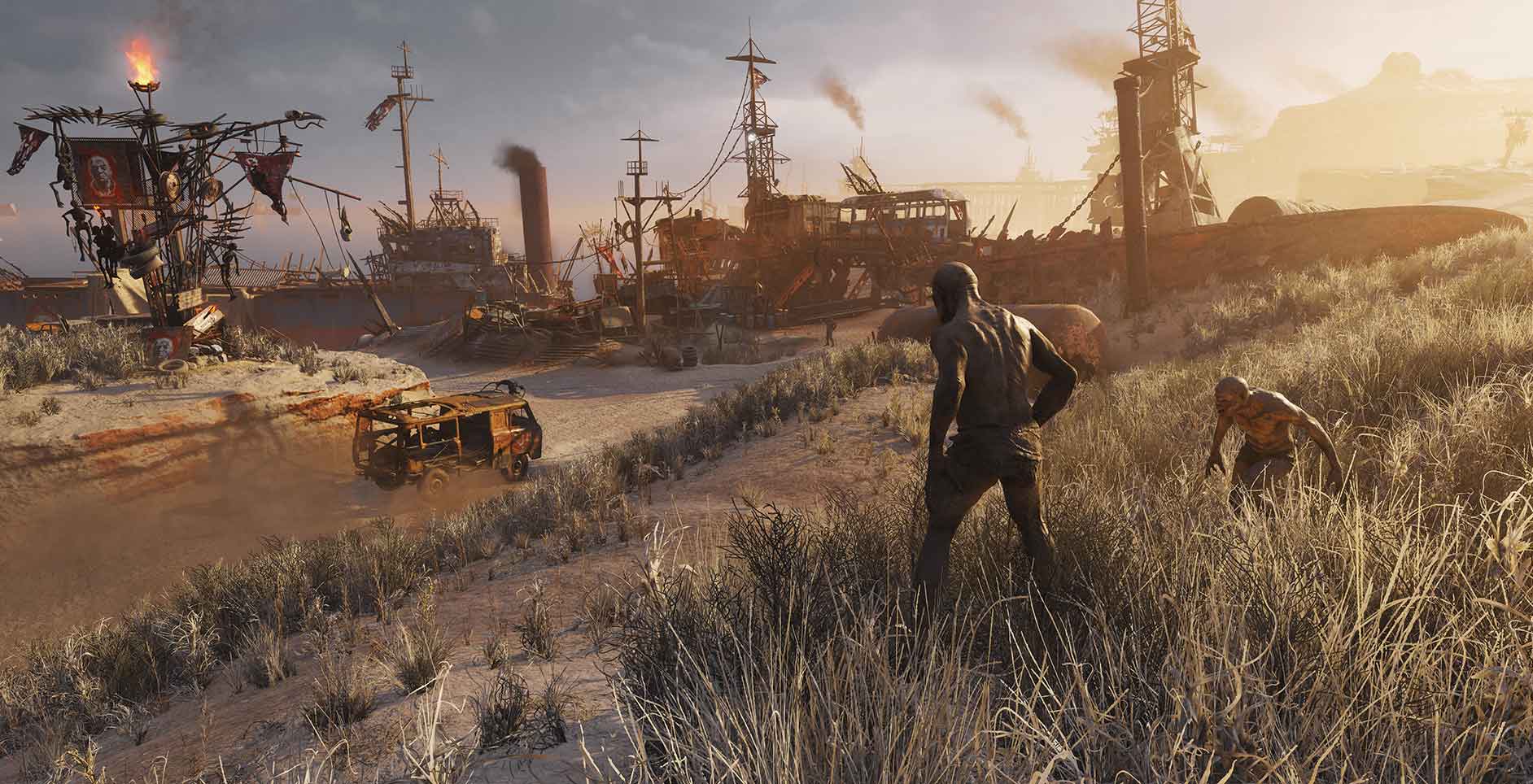You’ve got to hand it to the team at 4A Games — to go from an unknown studio working on an obscure game based on a Russian novel to now being on the cusp of releasing their third, and most ambitious, title is no mean feat.
The Metro series has garnered critical and fan acclaim the world over for its deeply atmospheric gameplay and storytelling, set to the backdrop of the underground tunnels of the Moscow Metro following a nuclear holocaust. In Metro Exodus though, events move from beyond the familiar tunnels to the wider landscape of Russia in a transcontinental adventure. With this in mind, I went into a recent hands-on demo keen to see whether the development team could pull off a bigger and more open Metro game without losing sight of what made the first two games great.
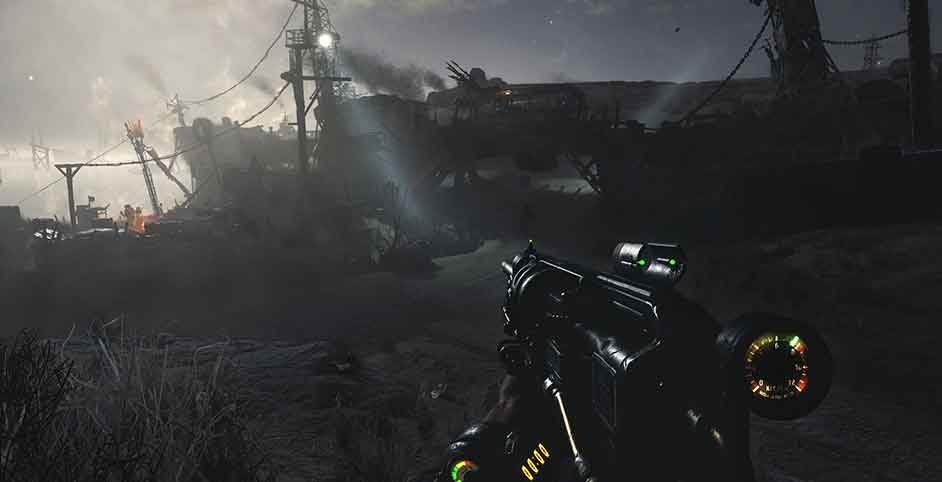
My time with Metro Exodus began in the icy Volga. Protagonist Artyom and the ragtag group of survivors that have emerged from the tunnels with him to find civilisation above ground are aboard their makeshift mobile base, a train called the Aurora. When they find themselves suddenly stopped and unable to continue, Artyom heads out to explore the Volga by rowboat, stumbling onto a cultist church and finding himself held captive. This part of the game should feel pretty familiar to Metro fans, with its frigid environments and menagerie of both harmless and very dangerous mutated fauna harking back to the scant few times that players went above ground in previous games. I felt right at home skulking through the shadows of the cultists’ church and silently taking them out as well, distracting guards with tin cans and only using my precious, precious bullets when absolutely necessary. The Volga is one of many ‘open’ areas that make up Metro Exodus, but it’s one that we’ve seen in previews in the past. The real reason I was here at Sydney’s Microsoft Campus today was to see a totally new area with a completely different feel — one that takes place during summer, no less.
The Caspian desert is a vastly different kind of locale for the Metro series. Not only is it decidedly brighter under the harsh desert sun than the cold, dark underground, but it’s a far more spacious and freeform environment than we’re used to. In desperate need of resources for the Aurora, Artyom’s crew make another forced stopover in the Caspian and head out to look for fuel and water. The desert is not without danger, though. On top of dealing with the giant lizards and disturbing, humanoid creatures that love to blend into the sand and walls of dilapidated buildings, there are also factions of bandits, thugs and slavers to contend with. The chapter’s main missions see Artyom traversing this huge zone to various landmarks and control points, often tussling with these other survivors along the way. To help with this, there are now even drivable vehicles like a beat-up old van, which making getting around nice and easy and are also great for running down groups of mutants.
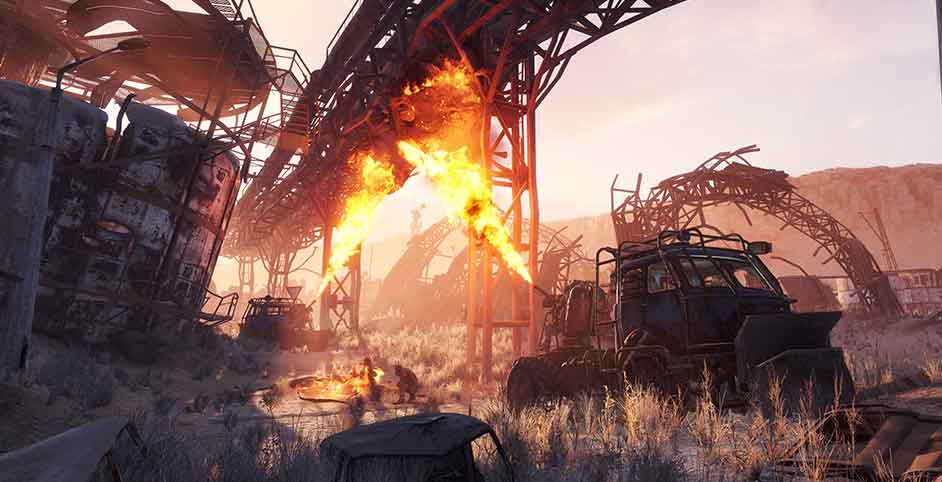
While this might all sound like it strays a little too far from the tried-and-true Metro formula, fear not. Though it bears a noticeable change in structure from the previous two games, Metro Exodus doesn’t betray its roots, and the meatiest parts of this particular chapter were nothing short of what fans expect from the series. Despite existing in this new, open space, each of the various main and side missions that I had the chance to play felt like self-contained sections of a more traditional Metro game. One mission tasked me with infiltrating a bandit base, for example, while another sent me into an underground facility full of the same giant spiders that gave me nightmares from the last game, complete with those icky webs that need to be burned with a lighter. These moments contained all of the claustrophobic spaces, tense moments and desperate struggles that make the series memorable.
All of the familiar mechanics are back too — things like wearing and maintaining gas masks, charging your torch’s battery and scrounging through hundreds of cupboards to find two measly bullets only to waste them trying to shoot a mutant dog. It’s fortunate that ‘survival’ type gameplay has been en vogue in the gaming scene lately, because a lot of what made Metro 2033 unique all those years ago is contemporary enough now that it still makes sense in a modern shooter.
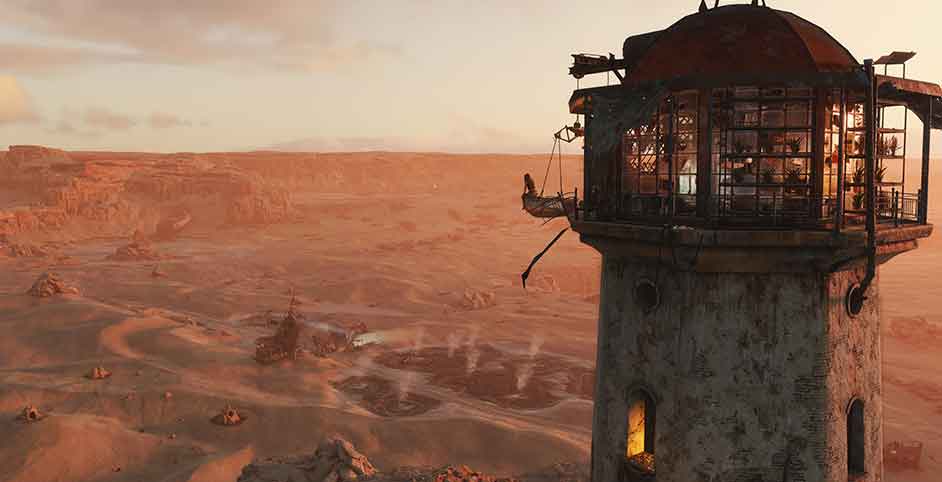
Out of everything new or old in Metro Exodus though, a returning weapon — the Tikhar — became my best friend during the demo. Fans will remember it as an especially effective pneumatic rifle that came with the caveat of needing to be manually pumped in order to maintain its air pressure. That’s still the case here, and from what I could tell it’s actually a little less powerful than its predecessors (to begin with, anyway). The important thing about the Tikhar in Metro Exodus though, is that its ammunition is readily available. There’s a full crafting system here, you see, and while regular bullets can only be made at special workbenches in the game, the Tikhar’s makeshift ball bearing ammo can be whipped up anywhere. Your crew’s dedicated engineer gradually doles out upgrades for the gun too, making it even more useful and essentially giving it a starring role among the many weapons on offer.
The thing that stood out to me the most in my time was how little of the feeling of the first two games is lost in the move to these ‘sandbox’ environments. A lot of that has to do with the faithful gameplay and regular jaunts through more linear spaces, but it’s also down to 4A’s deft storytelling ability. While it’s hard to judge it completely in the limited time I had, there is already plenty of reason to believe that Exodus will continue the series’ legacy. In particular, I appreciated the way that the crew of the Aurora don’t just hang around and let Artyom, the ‘hero’ of the story, do all the work. They’re typically in the middle their own reconnaissance when you come across them during missions or exploration. Artyom’s wife Anna, for example, can be found hiding out in her makeshift sniper’s nest when roaming around the Caspian, and when a side mission tasks Artyom with evading an enemy sniper, Anna’s position happens to be the perfect vantage point for giving him backup. These are scripted occurrences, mind, but they’re a perfect match for the series’ DNA and proof that it hasn’t lost anything in translation.
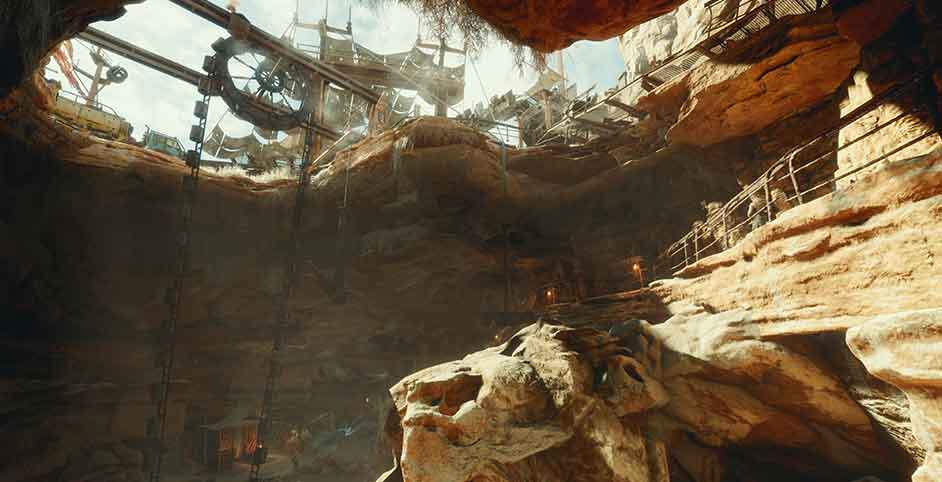
I’ll admit that before this extended hands-on with Metro Exodus I had some reservations. Too many games that have gone ‘open world’ in the past have done so at the expense of what made them special. After playing for a few hours, I’m now pretty confident that Exodus won’t make those same mistakes. It’s a change of pace and direction, and it’s full of ambition, but it’s nothing short of authentic Metro. Time will tell if that sentiment carries across to its entire adventure, but I’m now more keen than ever to see the journey through.


